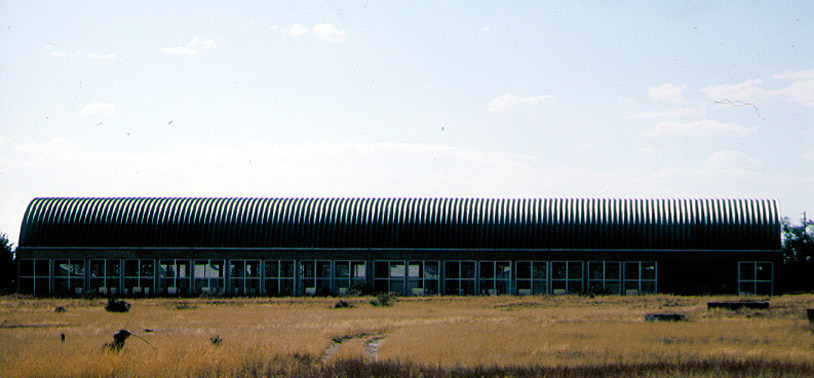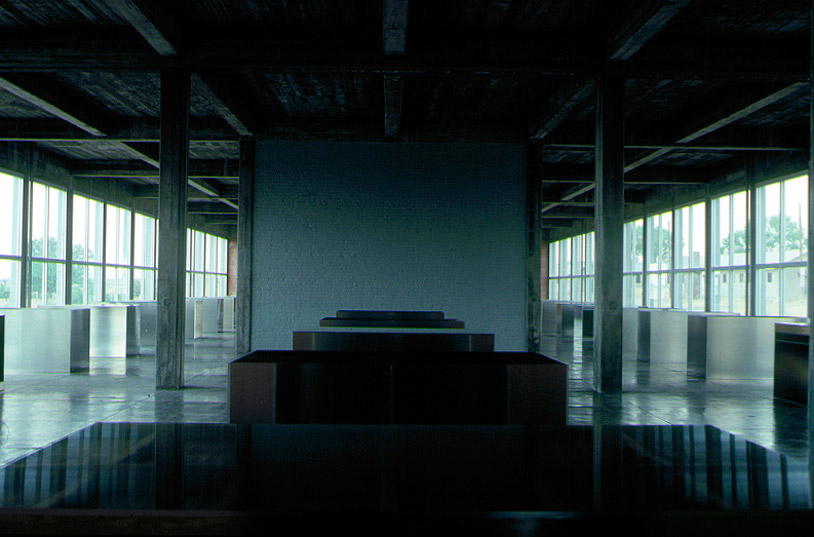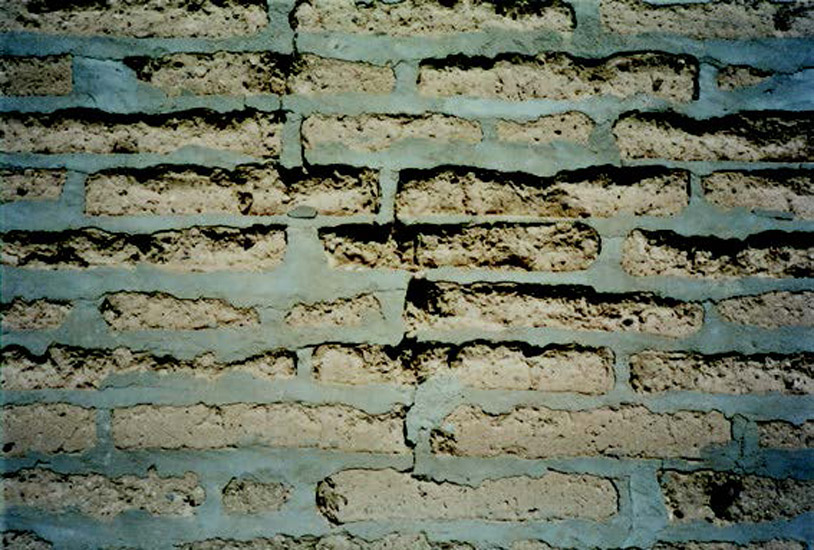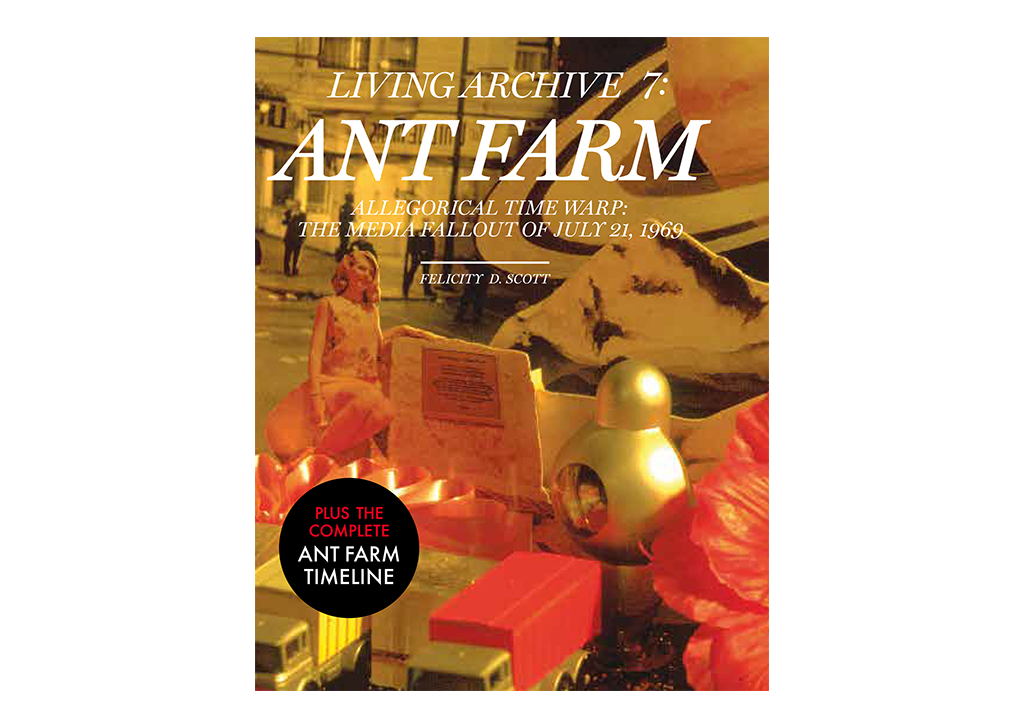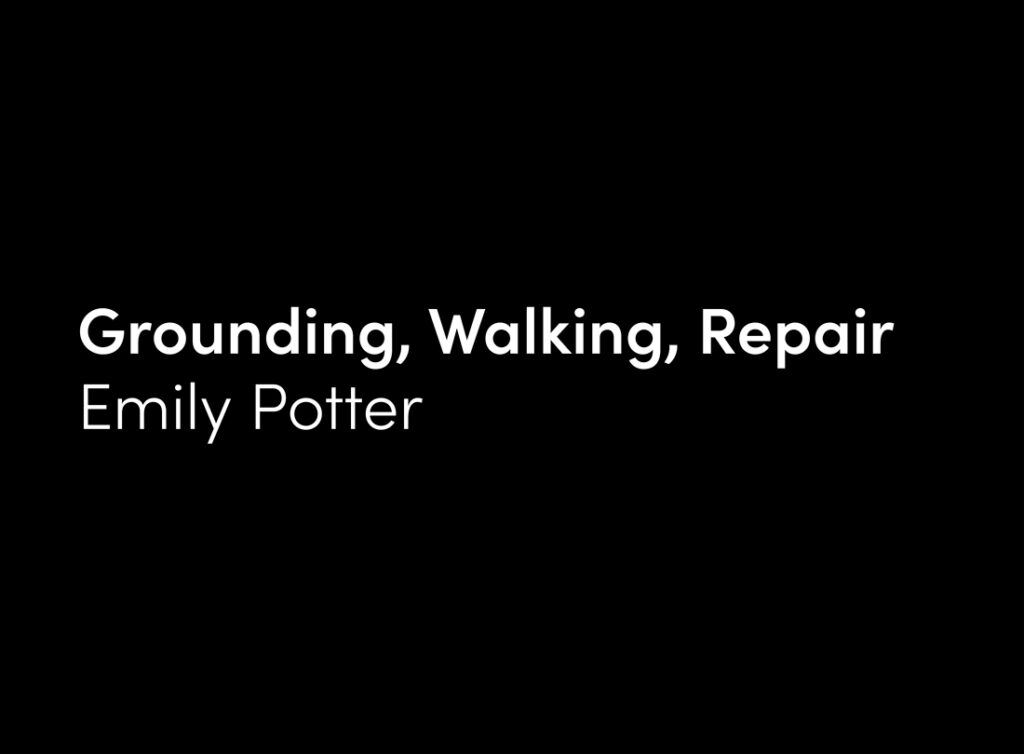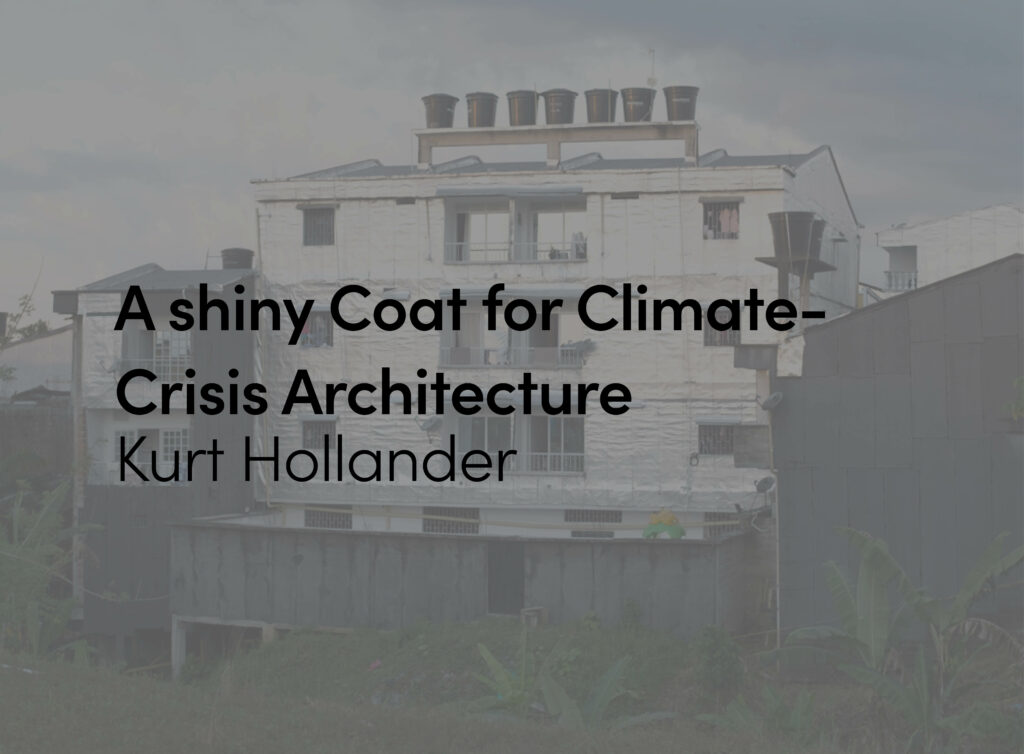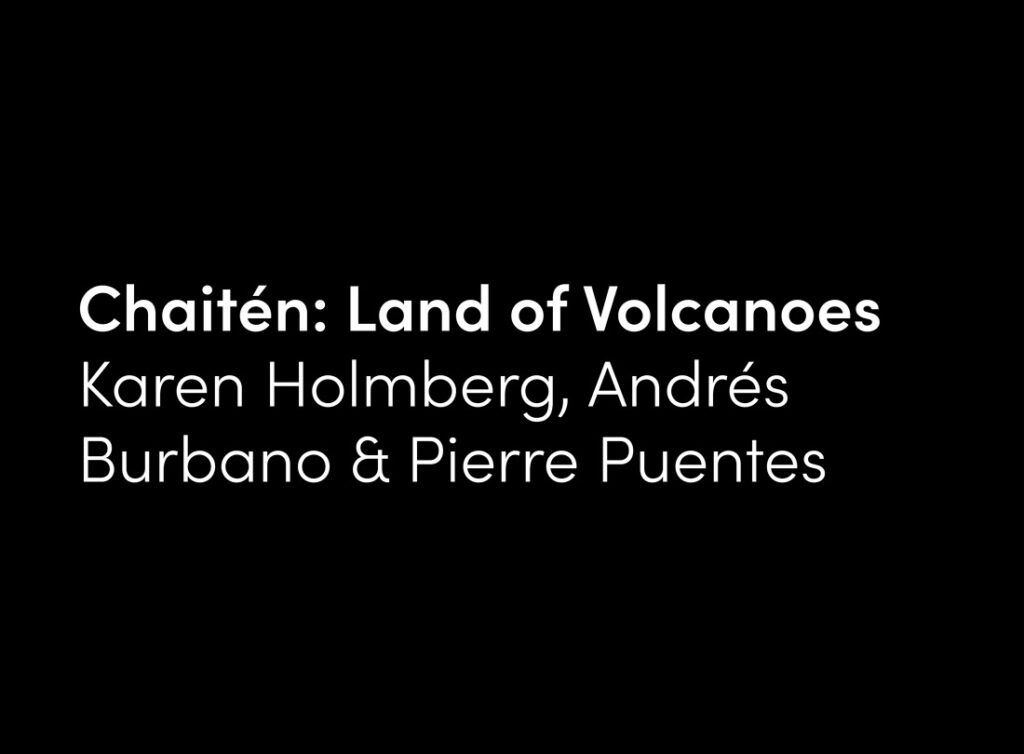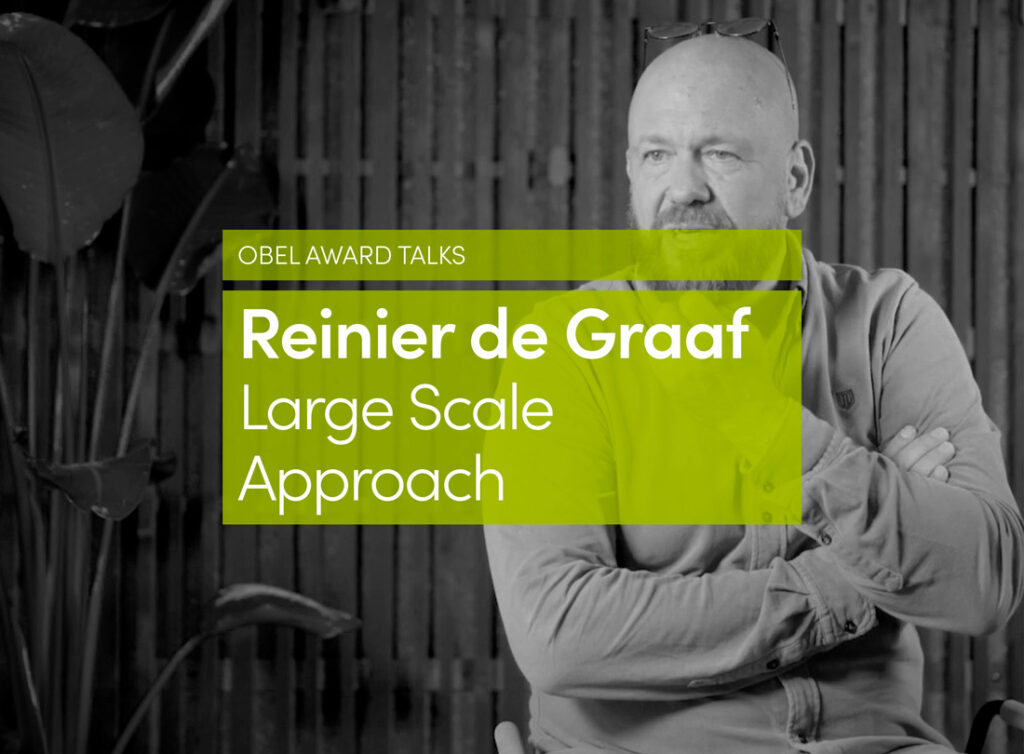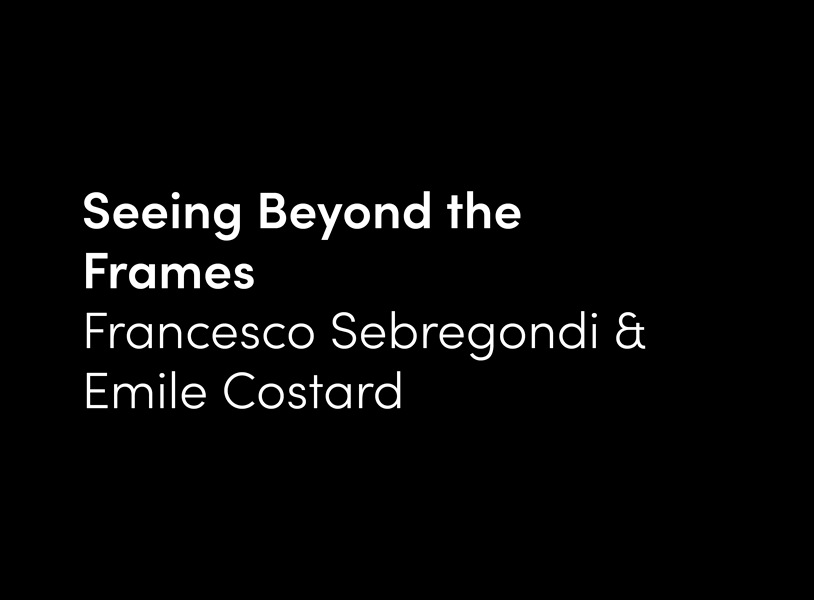Paintings
It was very difficult to go to the house of that woman and to take away with us the paintings of her son, which were hung on the walls of the living room and the other rooms. On taking down the paintings the marks remained on the walls. Those paintings had been there forever. The woman, very old, was very upset, scolded us, we were taking away part of her life, her memories. Those paintings meant a lot to her, they were her son’s paintings, but it was he himself who, in a threatening tone, had sent us to get them: “Bring them all back! Don’t leave any of them behind!”. We put all the paintings in a van and started our long journey back to Marfa.
Some seven years after the transportation had taken place around 1992, the person who told me this story was still wondering how it was possible that Donald Judd (1928-1994) charged him with “that work”. How was it possible for a son to do that to his mother? We tried to understand the action. We remembered the sadness and anger of the mother; the empty framed spaces on the walls; the return journey with the paintings in the van; the silences; the lack of the son. We tried to guess, did Judd sense that he was going to die? Was he trying to put his things in order? Was he protecting his mother? Was he protecting his works? Our questions were based around the man and his affective relations. But in this way the questions were not pointed in the right direction. The reflection was badly oriented, and as such the questions were not well formulated. The question was in front of us, but the grim scene stopped us from seeing what Donald Judd had been staring at for forty years. The question wasn’t, how was it possible for a son to do that to his mother? But it should have been, what sort of relation did Judd have with painting; to snatch his works from the person, who in her living room had proudly looked after them for over forty years, showing off her son’s paintings for everyone to see?
The same objects, but different ways of relating with them. For the mother they were emotional canvases, they gave order to an everyday setting, she physically coexisted with them, they set up what we call home, they were part of her life. They announced the presence of a son who with her grandchildren lived far away, in a far western desert. For the son, Donald Judd, they were another thing. They were the remains of a study process, paintings that nobody from the world of art had seen. They were only known by his family and relatives, his mother’s friends, neighbors, visitors… Probably, in the eyes of Donald Judd, nobody should again see these paintings outside his strict control, beyond the conditions established by him in Marfa.
These canvases show the first paintings, the first stuttering steps of someone disarmed who innocently enters into the world of painting, of someone who, between 1948 and 1962, would become familiar with the materials, the formats, the mechanisms of painting, and who, at the beginning of 1960 would ask himself the question which would lead him to order his life and his world, What is painting? How do you do painting?
If we try to imagine how Donald Judd trained himself in New York in the 1950s, it is easy to list the referential chorus, not only for Judd, but for a whole generation of American artists: Pollock, Kline, Louis, Newman, Rothko, De Kooning, Smith. When in February 1948, Judd took up the paintbrushes in the Art Students League, the presence of “Abstract Expressionism” must have simply been floating around in the environment. In those first paintings, you can still smell the oil paint that is expressed, transported by the body of the painter. As corresponds to the shyness of someone starting out with painting, using a smaller format, the painting of Donald Judd is an ordered painting more than by the gaze, but by the body: by his fingers, his wrists, his elbows and his shoulders. The large format painting after 1946, is a painting conditioned by the body gestures, where the different authors, alternated the same circles, the same lines successively and alternately scribbling “Xs”, “Os” “Vs”… The alleged free and creative painting, is a painting severely limited by the motive capacities of the body, mostly the elbows and shoulders. For this reason, the historians instead of calling it “Abstract Expressionism” could have baptized it better as, “Body Abstract Expressionism” or even better, “Body Through Abstract Expressionism”. Aware of the limits of this movement, of the way of moving elbows and shoulders to project industrial painting and oil on human scale canvas, Donald Judd, studious and now art critic, would once again ask in 1962, but with greater intention, those same questions: How can I break the limits of this painting stuck to the body? How can I go further?
In the same way as the cabinets were made in the 15th century, Judd distanced the painting, the work, from the body to body contact, so as, by eliminating the corporal presence, to impose the distance, the gaze, in the construction of a new “painting” with the aspect of the industrial object.
Brilliance
In the 15th century, the art of war changed. Armies no longer won only with the heaviest load of armaments and body-to-body contact. Heavy weapons began to be combined with lighter infantry units made up of archers and lancers, followed by gunpowder weapons that conquered from a distance. The weight of the vestments was reduced, increasing the articulation and the openings with the aim of improving versatility of movement [1]. Mobility and gunpowder made the protection of the cuirass less effective. In order to recover the power of the suits of armour, a psychological function was assigned to them. The ideal of that armour was that it displayed the force of the kingdom, the valour and power of the warrior, so much so that with its mere presence the enemy surrendered defeated. Throughout the fifteenth and sixteenth centuries the most valued weapons were not those that were most effective in body to body clashes, but rather, were those that from a distance aroused respect, admiration and fear in the enemy. The most valued weapons were the most beautiful, the most brilliant ones. Their dazzling beauty was nothing more than the announcement of something terrible.
Brilliance coming from Federico da Montefeltro’s armour. Piero della Francesca, 1472-74.
“Artillery Sheds”. Donald Judd, 1974-94. (Gillermo Zuaznabar)
Marfa 1974-1994, the main attribute of the Artillery Sheds is their brilliance. It is the greatest and the most important work that Donald Judd designed. It is to be found to the south of Marfa, no more than 4,7 miles from the second border post that polices the Presidio border crossing, above the Rio Bravo. The Artillery Sheds are two long buildings that functioned as weapons storage buildings for the old Fort D. A. Russell that the Chinati Foundation currently occupies. They are two large sheds of 19,2 x 5,54 x 81,7 m and 19,2 x 5,54 x 72 m constructed in brick and concrete. Their typology and order corresponds to the logic of military engineering. Judd’s first action was to replace the garage doors of the sides by large windows of 4,38 x 3,6 m framed by aluminium joinery, to a width of some 15 cm. Judd strived to emphasize the symmetry and the general order of the components of the constructions, avoiding compositional games where it was possible. The arrangement of the windows rotated the direction of use of the buildings. When the military used them, their vehicles crossed the buildings transversally, through the long sides. Since Judd’s action, visitors are obliged to cross the buildings longitudinally, through the short sides. What had previously functioned as facades are now sides and the old, separate brick sides, which Judd has also modified, are now facades, doubling their elevation through the arrangement of a semi-cylindrical zinc roof whose circumference has as its radius the height of the shed. Today the facades have an elevation of 11,08 m. Like the windows, the roof also shines. The brilliance of the roof announces the sheds from a distance. At a height of 11,08 m, they mark a luminous crest on the horizon of the desert. They announce the location and the condition of the installation. Like the armour, the brilliance attracts and dissuades at the same time: “Hey, I am here! I am hard, brilliant, luminous, sharp, and I move. Come, but approach with care”. And one should cross through them with care. The interiors are occupied by 100 brilliant polished aluminium boxes, 58 in the long shed and 42 in the short one. The aluminium is 2 cm thick and its external measurements are 1,83 cm wide by 1,29cm high by 94 cm deep, each box weighing around a ton. Modifying the disposition of their internal planes, Judd randomly designed 100 variations. There are no two boxes the same. The similarities cause the gaze to be entertained in a game of comparison. This game between differences and similarities emphasizes the idea of reflection and brilliance. The changes, the variations in the boxes, can be perceived as echoes and reflections of the boxes themselves.
Front façade and side windows. Artillery Sheds. (Gillermo Zuaznabar)
Interior. Artillery Sheds. (Gillermo Zuaznabar)
In order not to interfere with the structural and built lines of the buildings, the boxes have been arranged in those places that are free from formwork joints and have been aligned with respect to the centre of the light from the windows. None of the lines of the buildings interferes with the boxes; in fact, the dimensions as well as the position are determined by the lines of the formwork joints, the joinery and the pillars of the buildings. The boxes have been sited, sized and formed where no line crosses their body. The practice is objective. The buildings dictate the order and the composition. By displaying all their elements cleanly, without any concessions, Judd has tensioned the building implacably, occupying it to the limit. The boxes reflect the light of the landscape, due to their material, polished aluminium. They have a liquid, reverberant, turbulent outline. In this forest of living, brilliant edges the spectator can only walk with fear. According to this description, if there is a work comparable to Artillery Sheds, it would be Lighting Field, by Walter de Maria. But in his intervention the Californian dispensed with all volume and construction, in order to be alone with the desert, the edges, and the brilliance. To that end, in a place in the south west of New Mexico, he drove 400 polished stainless steel bars, 5 cm thick with a height of 6.22 cm, into desert land. He arranged them in a 1 x 1 km formation. In the desert, this work, like Donald Judd’s sheds, is designed to be seen and walked through. The bars, fine and perfectly vertical, become visible according to the effect of the sun, appearing and disappearing in order to lay an ambush of brilliance and fine metallic lines for the spectator, in an open field without any refuge.
“The Lighting field”. Nearby Quemado, West of Nuevo México. Walter de Maria, 1977. (Flickr)
Landscape
Landscape is a construction. It is the cultural appreciation of geographical accidents. Landscape results from the vision of nature as a subject or as an aesthetic institution, and therefore as an ideal subject. In its appreciation it is impossible to separate the sky from the earth, the mountains from the flora, the fauna from the animals, the toponymy of the language and of the people who shape and make up the territory. Landscape is, before anything else, a construction. From a universal vision of what occurs in nature, the idea of landscape is born, and with that idea, the awareness of which all that appreciate who looks is an inalienable part of oneself. Landscape is a construction that constructs those who look at it. And it is, however, only possible to see the landscape when one finds oneself outside it. When one has been emancipated from the designs of the earth and of the sky, from living thanks to the production of machines and factories. Then one feels nature as something that one forgot, left behind, lost or was taken away.
The Frontier
Dear Mom. Van Horn Texas. 1260 Population. Nice Beautiful country mountains-Love Don 1946 Dec 17PM 5.45’
Close to Van Horn, Marfa, Presidio County, is a small town in the Chihuahuan desert, initially dedicated to military activity, and today a border post on the Rio Grande frontier. Between the Rio Grande and Marfa there is a strip of unpopulated land of 50km, crossed by a highway that reaches the state of Rio Bravo. The highway and the surrounding land are permanently watched by the frontier police, from the ground and from the sky. Marfa is the final detachment before reaching Rio Bravo, policed by Presidio (USA) and Ojinaga (Mexico). With some three thousand inhabitants, 70% of Marfa’s citizens are of Spanish origin, and 30% Anglo-American. Socially and politically it is a frontier territory, it limits. Exceptional light conditions are superimposed on the severity of its landscapes: light, colour and matter also clearly play a leading role in the geography of the place. Next to the grand desert space, the isolation and the oblivion of the centre, these are the true reasons why Donald Judd chose to come here to work and to live. He arrived in 1972 and set up home with his two sons, Flavin and Rainer, in a small house in the modest “Sal si puedes” district. He was by then already a recognised artist in the American art market. Two years after his first visit to Marfa, Judd bought a parcel of urban land in the centre of the town known as “La Mansana de Chinati”, where a two-storey house and two old air force hangars were located. In 1979, the Dia foundation (Phillipa de Menil and Heiner Friedrich) helped Judd financially to develop the “Art Museum of Pecos” in Marfa with the works of contemporary artists: Barnett Newman, Dan Flavin, Richard Long, Carl Andre and Claes Oldenburg. The museum and the installation of the work are in the old outbuildings of Fort D.A. Russell. In 1985, due to financial disagreements, the relationship with the Dia foundation was broken, and on the 10 October 1987 the museum named “La Fundación Chinati-The Chinati Foundation” was inaugurated.
Country
It would be useful if the countries split into their cultural entities and I’m interested in what’s left of the various cultures. But I’m not part of those cultures nor of any religion, unless I’m part of the industrialized middle class, which seems too empty to be a culture, but is one of course, a lousy one. The industrial nations, in their left and right versions, have tried to kill local cultures. (Donald Judd, “Imperialism, Nationalism, and Regionalism”, October 1975)
“The Wall”. La Mansana de Chinati. Donald Judd, 1977. (Gillermo Zuaznabar)
“Adobe fence in Guadalajara”. Juan Rulfo, ca. 1948.
The Law
One of Donald Judd’s main practices in Marfa has been to acquire houses and buildings in order to rehabilitate them as studios, workshops, or as places in which to install furniture or works of art; his own, those of artists of his own generation, as well as those who are considered predecessors of his work (Josef Albers, Alvar Aalto, Gerrit Rietveld or Rudolf Schiendler). Handcrafted objects from the region can also be found, Indian, Texan or North American. The acquisition and installation of works of art in this architecture is bound up with a slow but continuous process of the artist’s isolation and distancing which would culminate in his burial, on the 20th of February 1994, three long hours from Marfa via difficult tracks that border and cross the ravines of the mountain system where the Rancho de la Casas is to be found, at the heart of the Chinati mountain range. On that same land his friend Rudi Fuchs, director of the Stedelijk Museum in Amsterdam, remembers that he asked him: “How do you feel here?” After a pause, under the sun, with the cicadas and the irregular metallic purring of the water mill, Judd answered him in a whispered voice: “Here, I am the law”. At the same time, he threw a half smile. What is his law? What are Donald Judd’s laws in this place? The modern artist creates, develops and applies the laws to shape his own reality. The modern artist does not accept the reality that legal power offers. The legislature approves the laws with the aim of controlling the world of the values that it accumulates. By contrast, the modern artist creates other laws to construct other realities, other spaces, other values. Judd’s values are materials that employ Light, Colour and Substance. They conform to the legislative power. The objects that he designed since 1965 escape legal categories. They are and are not paintings. They are and are not sculpture. They are and are not architecture. These works move simultaneously between the interstices of the disciplines, of the laws. In their speculation, pure exploration, they inaugurate new spaces, new places which are impossible for critics, historians and conservatives of a bureaucratic vocation to define. Through this sophisticated operation, by developing objects that can be simultaneously appreciated as painting, sculpture or architecture, Judd escapes and denies academic classification. He creates an object with diffused borders but which engages with the place specifically. Hence the apparent drift can be understood of the artist from his initial paintings to his specific objects (still today classified by museums as sculptures), and their projection onto the landscape as possible architectural forms. The works in Marfa and the Chinati mountains must be appreciated as artefacts that mediate between the spectator and the land. They generate the transformation of territory into landscape. This transformation must be appreciated as a process of the aestheticisation of geography. What transforms the geography into a landscape is the gaze of the artist. The works bear his gaze and illustrate the transformation of territory into landscape. Donald Judd’s architectural works are artefacts that reconcile man with the earth. In the mediation the objects are simultaneously justified as works of art and works of architecture. The specific objects are ultimately manifestations of an aesthetic engagement with the landscape of West Texas. The objects, like the landscape, signify by being situated “between”: between Texas and Mexico; between the river and the mountains; between the Anglo-American and the Spanish-American; between the Protestant and the Catholic; between the industrial and the rural, between painting and sculpture; between art and architecture; between architecture and the landscape. The engagement with the territory and the desert locates Donald Judd within the North American tradition of the aesthetics of the desert. Frank Lloyd Wright, Juan Rulfo, Agnes Martin, John Ford and Robert Smithson must be restored as the greatest representatives of a gaze where tradition, ellipsis, light and horizon, are the essential structural unities of their respective discourses.

